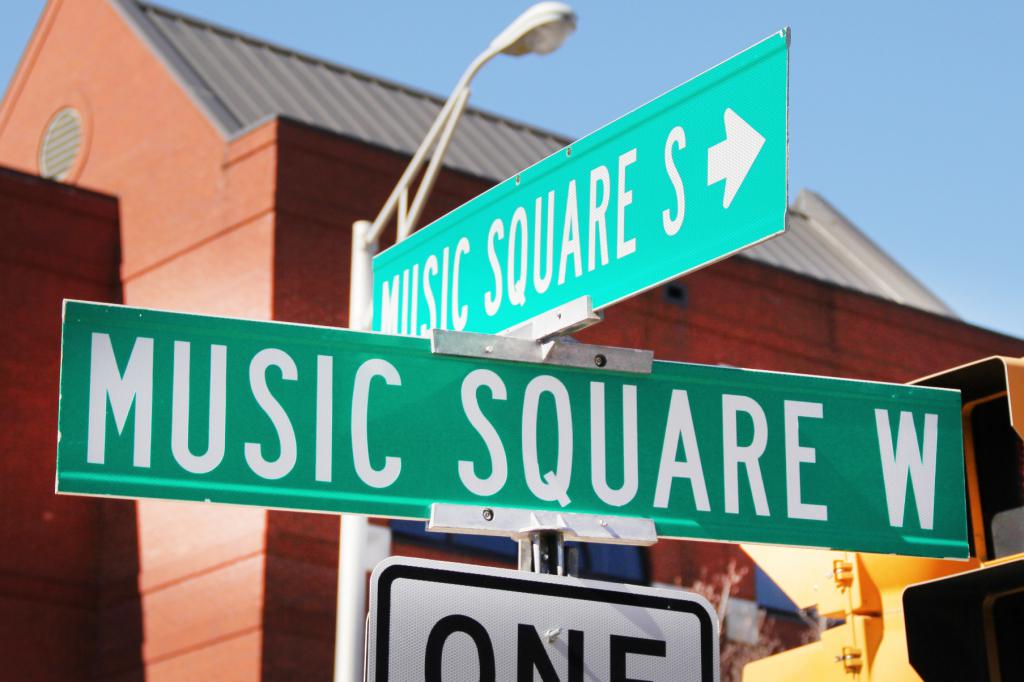Songwriting is one of humanity’s oldest and most enduring art forms. Before the printing press, before recorded sound, before written language—there were songs. Sung stories, passed from voice to voice, carried culture, memory, and emotion across time.
Today’s chart-toppers may be crafted in digital studios with auto-tuned perfection, but their DNA traces back to the earliest fireside melodies and sacred chants. Let’s walk through the winding, lyrical timeline of songwriting—from ancient ritual to Nashville’s Music Row.
🗿 Ancient Roots: Songs Before Civilization
Long before recorded history, songs were tools of survival. Tribes used rhythm and melody to:
• Pass down myths and history
• Coordinate hunting and farming
• Celebrate births, grieve deaths, and call down rain
In places like Mesopotamia and Egypt, song lyrics were etched into clay tablets and temple walls. The oldest known written melody is the Hurrian Hymn No. 6, dating back over 3,000 years from Ugarit (modern-day Syria). It praises the goddess Nikkal and includes musical notation in cuneiform.
Songwriting in this era was deeply spiritual, communal, and oral. There were no solo artists—only shared memory and collective voice.
🏛️ Classical to Medieval: Poetry Meets Melody
In ancient Greece and Rome, lyric poetry evolved into a formal art. The word lyric itself comes from the lyre, a stringed instrument used to accompany verse. Think Sappho, Homer, and later, Roman ballads.
As the Middle Ages arrived, troubadours, minstrels, and griots began shaping song as entertainment, satire, and social commentary. In Europe, these traveling performers set love stories and legends to verse, often in poetic forms like:
• Ballads
• Laments
• Epic songs
The rise of musical notation allowed melodies and lyrics to be preserved. This shifted songwriting from pure memory to written form—paving the way for modern composition.
🎻 Renaissance to Romantic: Melody Becomes Art
The Renaissance brought a flood of musical experimentation. Secular songs blossomed alongside sacred music. Composers like Josquin des Prez and Claudio Monteverdi explored counterpoint, harmony, and emotional depth.
By the 1700s and 1800s, Romantic composers like Franz Schubert blurred the line between poetry and song. His “Lieder” (German art songs) used piano and voice to express human longing and imagination.
While these were formal pieces, they planted the seeds for pop ballads and singer-songwriter styles that would flourish centuries later.
🎤 The Rise of Popular Music (1900s)
With the birth of the phonograph and radio, songwriting entered the modern age. Early 20th-century songwriters—like Irving Berlin, George Gershwin, and Cole Porter—wrote hits for Broadway and Tin Pan Alley, blending jazz, blues, and theater into catchy standards.
Then came the giants:
• Hank Williams gave heart to country songwriting.
• Chuck Berry and Buddy Holly brought storytelling to rock.
• Bob Dylan rewired the lyrics with poetry and protest.
• The Beatles fused innovation with melody-driven genius.
Suddenly, a three-minute song could change the world.
🎸 Music Row and the Nashville Model
In the 1950s, Nashville’s Music Row emerged as a songwriting capital. Studios, publishing houses, and record labels clustered together, creating a unique songwriting economy.
The Nashville number system, the writer’s round, and the three-chord truth became part of the formula for crafting emotional, radio-ready songs. Writers like Willie Nelson, Dolly Parton, and Kris Kristofferson turned personal stories into universal anthems.
Today, Music Row continues to shape the global sound of country, pop, and Americana. Co-writing is king. Every day, hundreds of songs are born in small rooms filled with guitars, laptops, and lyric scraps.
💻 Now & Next: Songwriting in the Digital Era
Today’s songwriters work across genres and platforms—streaming services, TikTok, sync licensing, AI co-writes, and beyond. But the fundamentals haven’t changed:
• A strong idea
• Emotional resonance
• A melody that sticks
New tools like DAWs (digital audio workstations), pitch correction, and AI-generated chord progressions have changed the process—but not the purpose.
The heart of songwriting remains the same: saying something true, beautifully.
✨ Conclusion: A Tradition That Never Ends
From cave chants to Top 40, songwriting is the pulse of human expression. Every era adds a verse to the great global songbook. And if you’re here reading this, you’re part of that tradition.
So whether you write with a guitar, piano, or beats on a phone—you’re continuing a lineage thousands of years old.
Welcome to the chorus.



